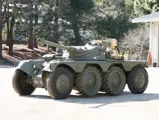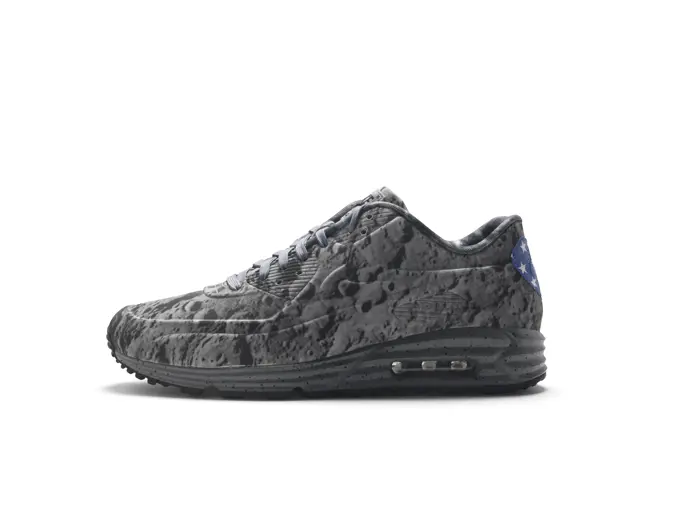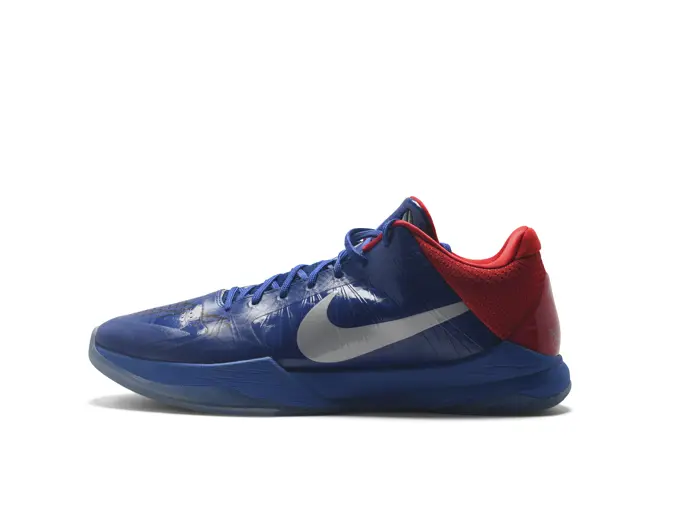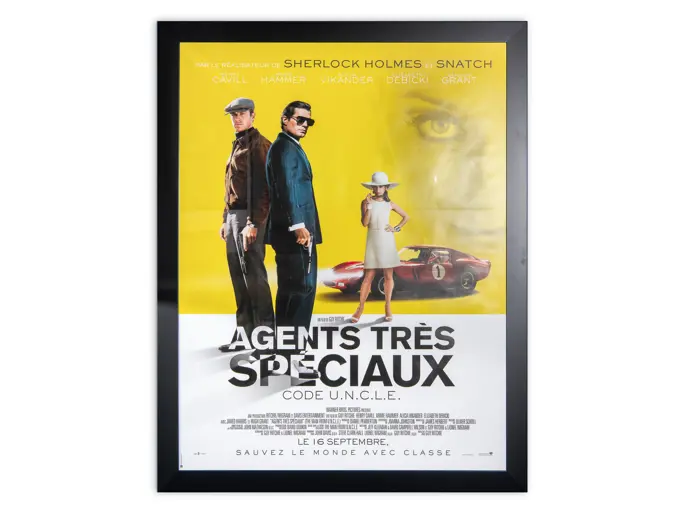The Littlefield Collection
Panhard EBR-90 Armored Reconnaissance Vehicle
{{lr.item.text}}
$28,750 USD | Sold
 | Portola Valley, California
| Portola Valley, California
{{internetCurrentBid}}
{{internetTimeLeft}}

Weight: 14.8-tons (13,500-kg)
Length: 22’2” (6.15-m)
Width: 7' 11” (2.42-m)
Height: 7' 7” (3.27-m)
Crew: 4
Armor:
Max 1.5” (38-mm)
Weapons:
-Primary
90-mm rifled cannon
-Secondary
4x 7.50-mm MAC1931 machine gun
-Ammunition
43x 105-mm
2,000x 7.5-mm
Engine: Fiat 12-cylinder petrol, 200-hp
Power/weight: 13.5-hp/ton
Fuel Capacity: 375-USG (1,420-l)
Range: 400-miles (630-km)
Speed: 65-mph (105-km/h)
The vehicle being offered, EBR 90 armored car, is in original and unrestored condition. The exterior paint is in good condition and could use some cosmetic restoration. It appears to still have some of its original French markings. The tires are in good condition. All exterior lights and mirrors are present. The engine has not been tested. The interior needs a cosmetic restoration, while the gunner's controls appear to be complete.
EBR stands for Engine Blinde de Reconnaissance, which literally translates as Armored Reconnaissance Vehicle. Panhard started work on a new EBR in 1937 in order to produce a vehicle with greater mobility than the 4x4s then in French service, with the first prototype being produced in 1939. The novel feature was that the four center wheels were fitted with steel instead of rubber tires for improved off-road traction, and which could be raised clear of the ground for on-road travel. The prototype had a 25-mm cannon, 600 examples of the AM40 with a 45-mm gun were ordered the week before the German invasion, none were built. The prototype was evacuated to North Africa and lost.
At the end of WWII, the French army issued a requirement for a new heavy armored car. Panhard dusted off the plans for the AM40, modified it to suit the lessons learned from WWII and to allow new technology, and it was selected along with a Hotchkiss 6x6 design for final competition. It won in 1949 with production as the EBR starting in 1950.
EBR was built in three versions. One had the 75-mm cannon and autoloader of the AMX-13 light tank, the other, more numerous had a manually loaded 90-mm or 75-mm rifled cannon. All were in oscillating turrets. Each driver had a machinegun and there was a third co-axial. The commander usually had one as well.
A lesson taken from German heavy armored cars of WWII was the second, rear-facing driver: It was important to be able to get out of trouble as quickly as one got into it. As a result, the vehicle is almost symmetrical front and back. The problem with the design was that the engine was mounted under the floor directly beneath the turret: To perform any major maintenance on the engine it was necessary to remove the turret.
EBRs were sold to Mauritania, Morocco and Tunisia. An APC variant, the EBR VTT was exported to Portual where it was mainly used in the internal security role. Some 1,200 were built before production ended in 1960.
The last EBR was removed from French service in 1987.
Transport Cost to Storage: $1,716





